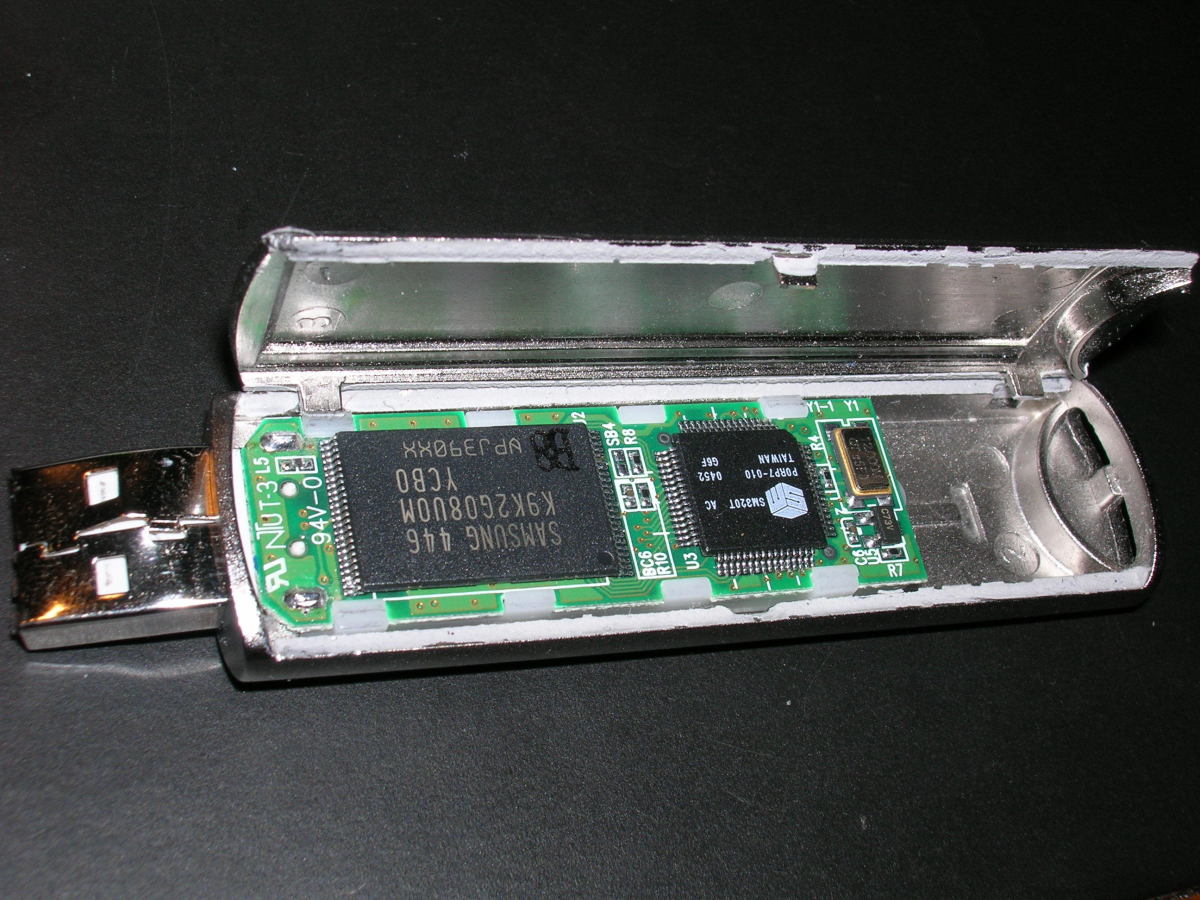

Problem: USB Flash Drive Does Not Show Up
Windows setup starts and takes you through the installation. Select the USB flash drive from the list. During the BIOS initialization phase, press ESC/F12 to bring up the list of boot devices (here is a handy list of hotkeys covering most vendors). Connect the USB flash drive to the PC or laptop.  Create a bootable Windows Setup USB flash drive, either with Windows 10 Media Creation Tool or with Rufus. Clean Install of Windows: How the Process Should Work Getting rid of all the unwanted modifications is a powerful motivation to install Windows from scratch, specifically on new devices. Instead, they make any number of changes to the preinstalled OS that may introduce bloat and security issues. PC or Laptop vendors do not ship “clean” Windows installations on their devices. If you think that any of the posts that have been made by all TechRepublic Members, have solved or contributed to solving the problem, please Mark them as Helpful so that others may benefit from the outcome.Penguin USB by Lucius Kwok under CC Why Install Windows From Scratch? Keep us informed as to your progress if you require further assistance. Delete all possible USB drives, FireWire drives and external drives which have a drive letter.ĭO NOT delete any of the fixed Hard Disk Drives or CD/DVD optical drives registry values.Įxclude \DosDevice\A: which normally reserved for floppy disk drives. Under HKEY_LOCAL_MACHINE\SYSTEM\MountedDevices there will be registry keys with the name that resembles the format of \DosDevice\X: where X can be any alphabet letter which corresponding to your physical system drive letter.ĥ. Open Registry Editor by typing regedt32 in the Run box and navigate to the following registry key: HKEY_LOCAL_MACHINE\SYSTEM\MountedDevicesĤ. Disconnect all USB or FireWire storage devices.ģ. DO NOT delete any of the fixed hard disk drives or CD/DVD optical drives registry values.Ģ.
Create a bootable Windows Setup USB flash drive, either with Windows 10 Media Creation Tool or with Rufus. Clean Install of Windows: How the Process Should Work Getting rid of all the unwanted modifications is a powerful motivation to install Windows from scratch, specifically on new devices. Instead, they make any number of changes to the preinstalled OS that may introduce bloat and security issues. PC or Laptop vendors do not ship “clean” Windows installations on their devices. If you think that any of the posts that have been made by all TechRepublic Members, have solved or contributed to solving the problem, please Mark them as Helpful so that others may benefit from the outcome.Penguin USB by Lucius Kwok under CC Why Install Windows From Scratch? Keep us informed as to your progress if you require further assistance. Delete all possible USB drives, FireWire drives and external drives which have a drive letter.ĭO NOT delete any of the fixed Hard Disk Drives or CD/DVD optical drives registry values.Įxclude \DosDevice\A: which normally reserved for floppy disk drives. Under HKEY_LOCAL_MACHINE\SYSTEM\MountedDevices there will be registry keys with the name that resembles the format of \DosDevice\X: where X can be any alphabet letter which corresponding to your physical system drive letter.ĥ. Open Registry Editor by typing regedt32 in the Run box and navigate to the following registry key: HKEY_LOCAL_MACHINE\SYSTEM\MountedDevicesĤ. Disconnect all USB or FireWire storage devices.ģ. DO NOT delete any of the fixed hard disk drives or CD/DVD optical drives registry values.Ģ. 
Write down all fixed Disk and CD/DVD drive letters so as not to delete them. Select a new drive letter from the drop down list, preferably the one that is not normally used for this drive.Ĭlick Yes on the confirmation screen and you are done. Right-click on the drive in the list, and from the resulting menu select "Change Drive Letters and Paths"Ĭlick on Change so you can change the drive letter. In this window you should see all of your connected physical drives, their format, if they are healthy, and the drive letter.Ĭhange the drive letter of the drive.

Then plug in the USB drive, right click on My Computer, select manage, and then click ?Disk Management.? If the drive is not present in the Disk Management window or if you are not able to access it, then the drive may have failed. Try rebooting the computer without any USB devices attached.








 0 kommentar(er)
0 kommentar(er)
